
Wildlife safari, Wasgamuwa national park
- Wasgamuwa national park is located 77 km from Dambulla and 225 km away from Colombo. It is the best place to view elephants roaming and feeding in their natural habitat in small families or a large herd.
Wasgamuwa national park is consists of riverine forests and grasslands which provides the opportunity for seen Sri Lankan elephants and birds. The elephant roaming in the Mahaweli river area is called the Marsh elephant (Elephas maximus val-aliya). They are completely wild and have limited exposure to humans. Thus, their behaviour is untamed allowing you to experience how wild elephants are and how they are different from the other elephants.
- Wasgamuwa national park is located 77 km from Dambulla and 225 km away from Colombo. It is the best place to view elephants roaming and feeding in their natural habitat in small families or a large herd.
Wasgamuwa national park is consists of riverine forests and grasslands which provides the opportunity for seen Sri Lankan elephants and birds. The elephant roaming in the Mahaweli river area is called the Marsh elephant (Elephas maximus val-aliya). They are completely wild and have limited exposure to humans. Thus, their behaviour is untamed allowing you to experience how wild elephants are and how they are different from the other elephants.
History & Archaeology
- Wasgamuwa National Park is historically and archeologically an important place. In the 2nd Century BC, the troops of King Dutugemunu camped at the grasslands called “Kandauru Pitiya” near the place called “Yudanganapitiya” the place where the famous battle with King Elara happened, presently inside the park.
The ancient Minipe anicut's left bank, Kalinga Yoda Ela canal to Parakrama Samudra from Amban ganga River had run through Wasgamuwa.
The ruins of a stupa called "Chulangani" built by Prince Mahanaga in the 3rd century BC, can be seen in the park. This stupa has a circumference of 294 m, greater than Ruwanweliseya stupa at Anuradhapura.
"Oru Bendi Siyambalawa" literally means in Sinhala for Canoes-Moored- Tamarind, was a more than 1,700 years old tamarind tree can be seen in the park.
Landscape & Views
- Wasgamuwa National Park almost entirely encompassed by rivers except for the southern border. From the east, the longest river Mahaweli while from the north Amban River and from the west Dunuwila Oya bordered the park. The park is contiguous to the Riverine Nature Reserve on the right bank of the Mahaweli River.
North-south aligned, quartzite Sudukanda Mountain Range (535m) in the west of the park, which has numerous streams flowing to the plains below affords fine trekking opportunities for keen hikers.
The park consists of riverine forests and grassland provides the opportunity to see large herds of Sri Lankan elephants and birds. The elephants roaming in the Mahaweli river area are called Marsh elephants (Elephas maximus vil-aliya). They are completely wild and have limited exposure to humans. Thus, their behaviour is untamed allowing you to experience how wild elephants are and how they are different from the other elephants.
Most Striking Feature
- Wasgamuwa literally means gathering place for bears, where bears are predominant in the park. According to the research done, Wasgamuwa has the highest density of bears anywhere else in the country. Sri Lankan Sloth Bear, a subspecies of the Sloth Bear, is considered highly threatened with only around 1000 remaining.
Biodiversity & Rare Species
- The biodiversity of the Wasgamuwa national park is one of the highest among the protected areas in Sri Lanka. The dry evergreen forest consists of several layers with reservoirs and riverine forests exhibit a large number of fauna flora species.
Other than Elephants and Sloth bears Wasgamuwa is home to 21 species of mammals among them, Purple-faced langur and toque monkeys and golden palm civet are endemic and there are 143 species of birds including 8 endemics with Sri Lanka's largest bird the Lesser Adjutant, the Red-faced Malkoha and the Yellow-fronted Barbet.
Water monitors and crocodiles are often seen along the riverbanks, together with smaller reptiles including the endangered Skink, the Red-lipped Lizard, and the Earless Lizard. Around 50 species of butterflies can be seen in the park.
Access
The entrance is located at Handungamuwa. That can be reach:
From kandy: Hasalaka -Udawela – Kolongoda - Hettipola - Handungamuwa Entrance
From Polonnaruwa: Giritale – Diyabeduma – Bakamuna – Hettipola - Handungamuwa Entrance
From Dambulla: Gonawela– Bakamuna – Elahera - Hettipola - Handungamuwa Entrance.
Visiting hours for the Park - 6 a.m. to 6 p.m.
Mode of safaris - Only Jeep Safaris
Best time of the day to visit the Park - 6 a.m. to 10 a.m. & 3 p.m. to 6 p.m.
Best months to visit the Park - Throughout the year. The sight of large herds of elephants is from November to May.

 +39 - 39 - 307 6 3730
+39 - 39 - 307 6 3730 +94 - 74 - 000 9208
+94 - 74 - 000 9208

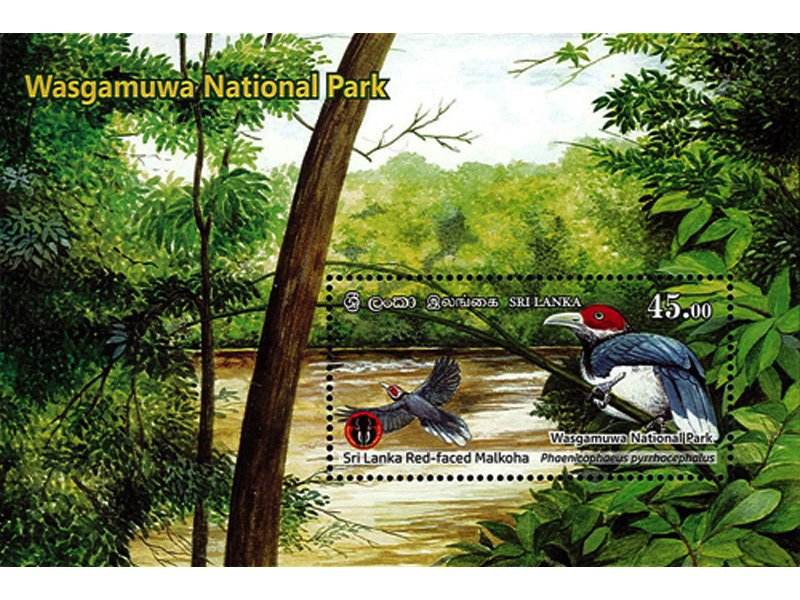
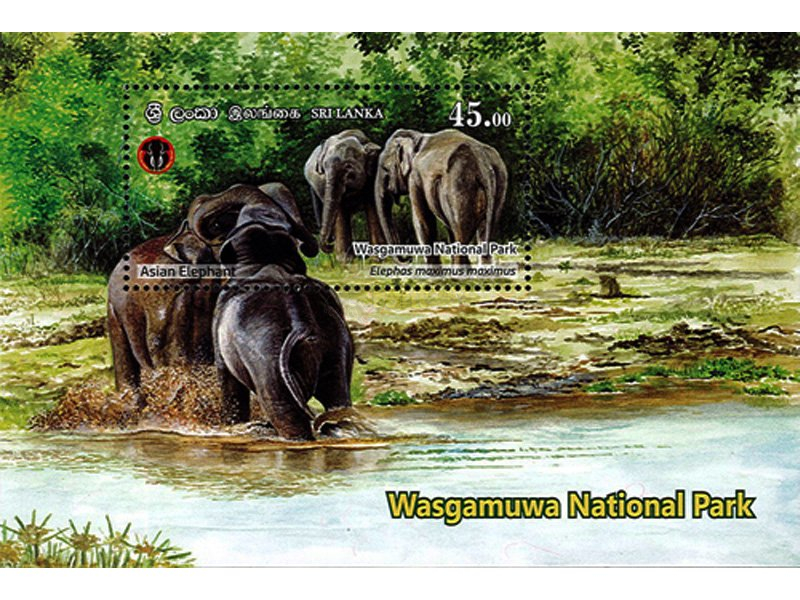
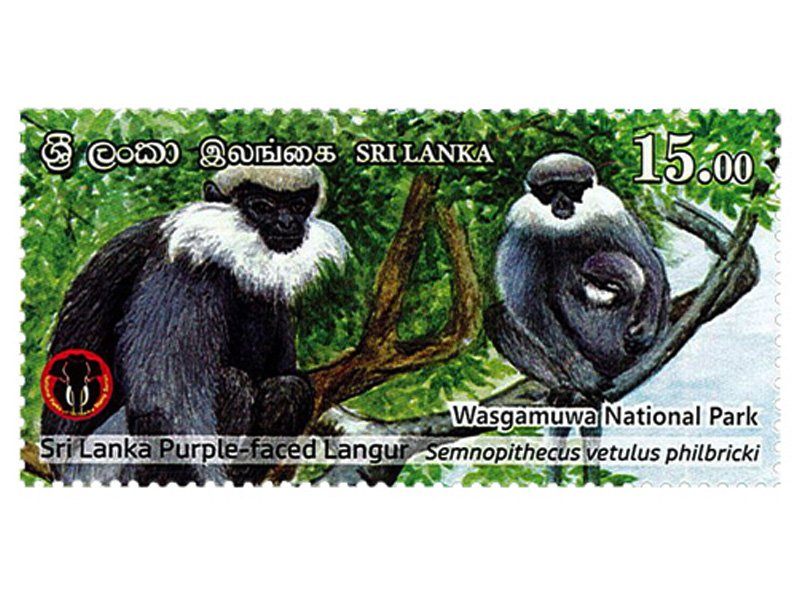

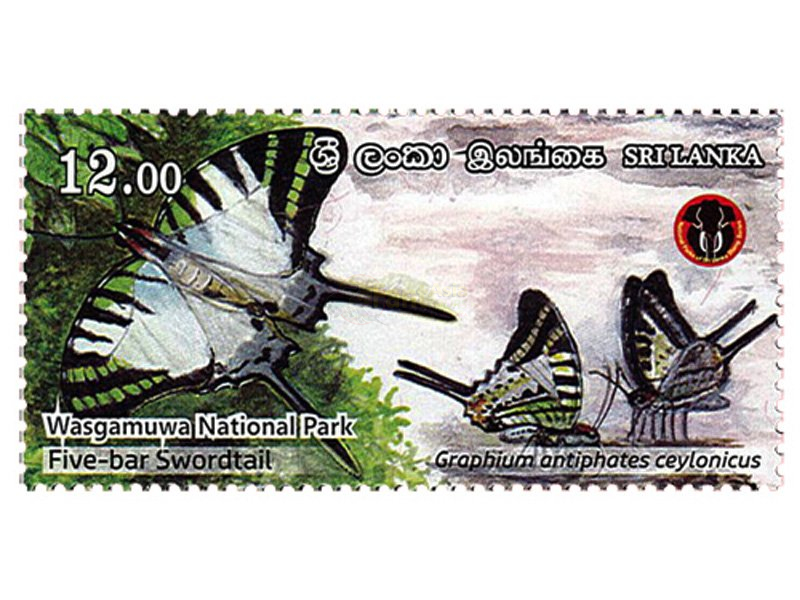
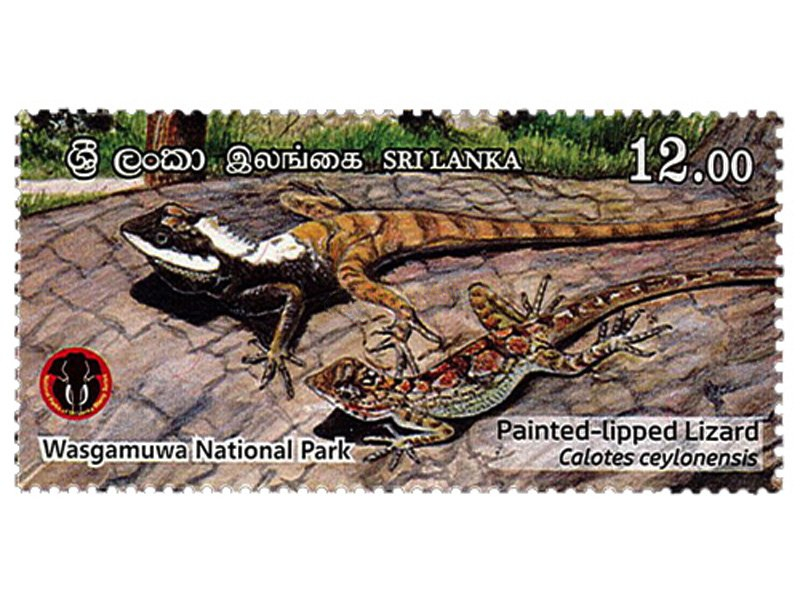
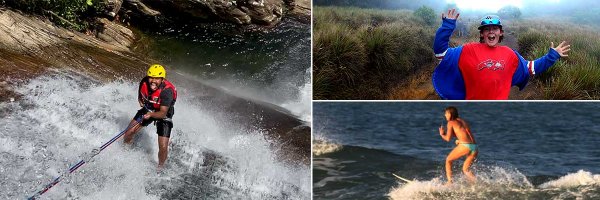
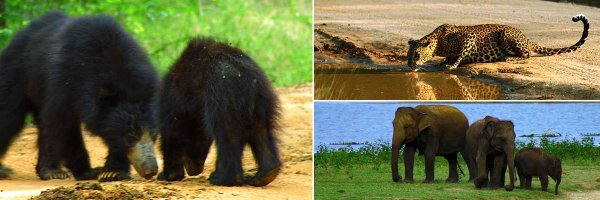
Share this page